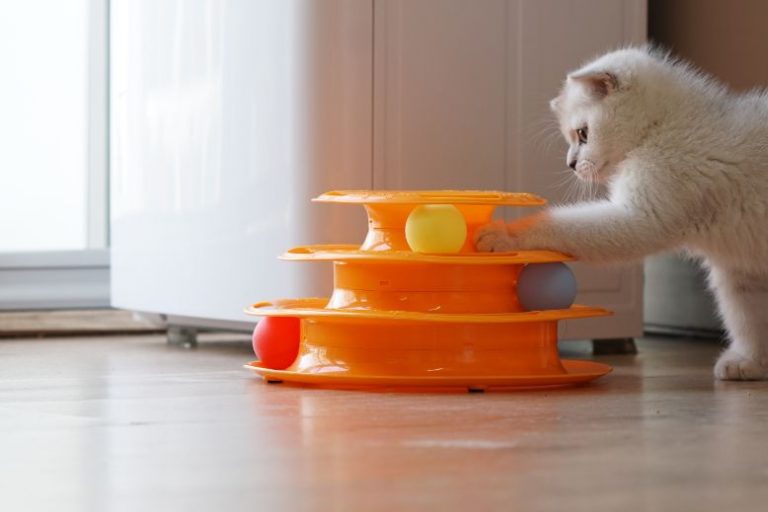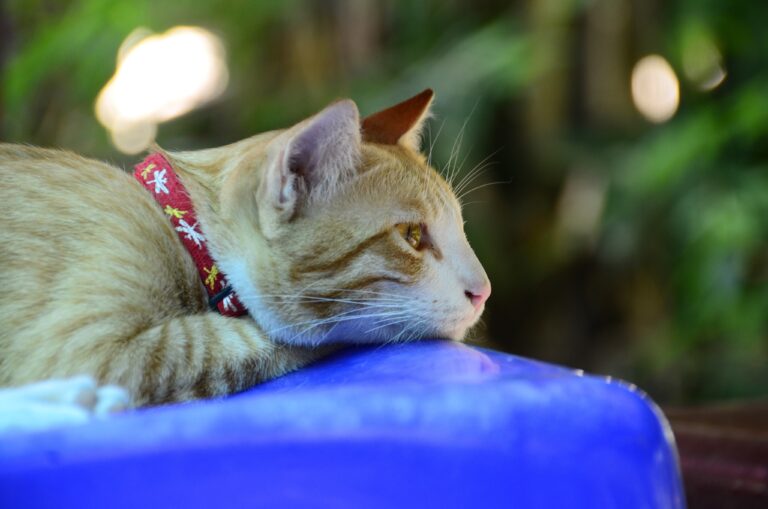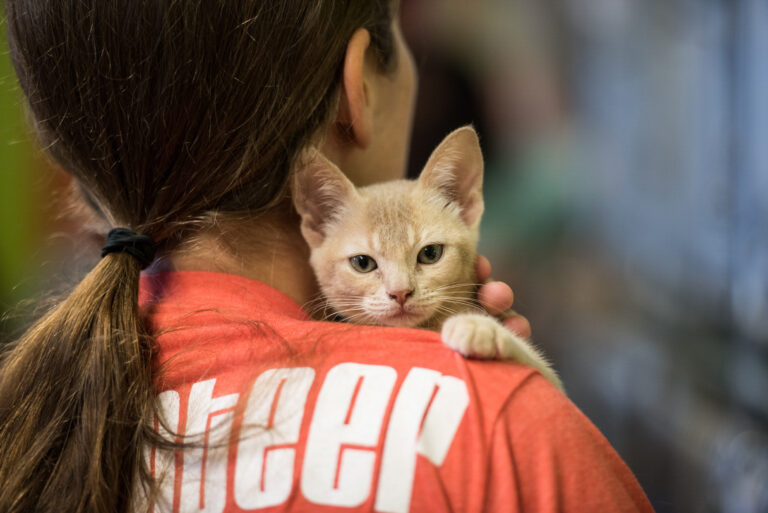Playtime is more than just fun for your cat—it’s essential for their physical health, mental stimulation, and emotional well-being. Engaging in interactive play also strengthens the bond between you and your feline companion, helping build trust and positive associations. But just like people, cats have different personalities, and finding the right games for your cat’s play style is key to keeping them engaged.
Whether your cat is an energetic hunter, a laid-back observer, or a curious problem solver, here are some playtime ideas tailored to different feline personalities that will bring you and your cat closer.
Table of Contents
Why Playtime is Important for Cats
Regular play provides numerous benefits for your cat:
- Exercise – Helps maintain a healthy weight and prevents obesity.
- Mental Stimulation – Keeps their mind sharp and reduces boredom.
- Bonding Opportunity – Strengthens trust and communication.
- Instinct Satisfaction – Encourages natural hunting and chasing behaviors.
Now, let’s explore the best games and activities based on different cat personalities.
1. The Energetic Hunter
Some cats have a high prey drive and love chasing, pouncing, and jumping. These felines enjoy fast-paced activities that mimic hunting.
Game: “The Prey Chase”
Use wand toys with feathers, ribbons, or small plush mice to imitate prey movements. Drag the toy across the floor, make it disappear around corners, and let your cat stalk and pounce.
Game: “Laser Pointer Hunt”
A laser pointer can provide endless entertainment for active cats. Move the dot unpredictably across the floor, up walls, or onto furniture. However, always end the game with a real toy or treat to prevent frustration.
Game: “Fetch”
Some cats, especially breeds like Bengals and Siamese, enjoy fetching small toys. Toss a lightweight ball or soft toy and encourage your cat to bring it back for another round.
2. The Curious Problem Solver
Cats that enjoy mental challenges will appreciate puzzle-based games that stimulate their intelligence and encourage problem-solving skills.
Game: “Treat Puzzle Box”
Use a cardboard box with holes cut into it and place treats inside. Your cat will need to figure out how to bat at the treats to get them out.
Game: “Cup Shuffle”
Place a treat under one of three cups and shuffle them around. Let your cat sniff and paw at the cups to find the hidden reward.
Game: “DIY Treat Maze”
Create a simple maze using toilet paper rolls or cardboard dividers, placing treats at different points. This encourages your cat to explore and problem-solve.
3. The Laid-Back Observer
Some cats prefer gentle play and don’t engage in high-energy activities. These cats enjoy games that allow them to watch and participate at their own pace.
Game: “Slow Motion Feather Wand”
Instead of fast chases, move a feather wand slowly across the floor, allowing your cat to bat at it lazily.
Game: “Box Hide-and-Seek”
Cut holes into a cardboard box and poke a toy or treat through different openings. This allows your cat to engage from a safe, comfortable position.
Game: “Tablet or TV Play”
Some cats enjoy interactive apps designed for felines. Try a game that features moving fish, insects, or dots on a screen and watch as your cat taps and follows along.
4. The Social Butterfly
Cats that love attention and seek interaction with their humans thrive on games that involve direct engagement.
Game: “Hide and Seek”
Hide behind furniture and call your cat’s name. When they find you, reward them with a treat or affection.
Game: “Follow the Leader”
Walk around your home carrying a favorite toy or treat, encouraging your cat to follow. Occasionally stop and reward them.
Game: “Tug of War”
Use a soft fabric strip and let your cat tug and bat at it. This creates a fun, controlled interaction.
5. The Independent Explorer
Some cats prefer solitary play and enjoy entertaining themselves. For these cats, self-play toys and interactive devices work best.
Game: “Rolling Treat Dispenser”
Use a treat-dispensing ball that releases food as your cat bats it around.
Game: “Battery-Operated Toys”
Automated mouse or fish toys that move unpredictably can keep independent cats engaged.
Game: “Paper Bag or Box Adventure”
Leave a paper bag or cardboard box out and let your cat explore at their own pace.
How to Keep Playtime Exciting
Cats can get bored with the same routine, so switch things up:
- Rotate toys weekly to keep things fresh.
- Schedule regular play sessions to build a routine.
- Use different textures and sounds to engage different senses.
In Conclusion

Playtime is one of the best ways to strengthen your bond with your cat while keeping them active and happy. By choosing games that match their personality, you create a fun and rewarding experience that meets their unique needs. Whether your cat loves to chase, solve puzzles, explore, or simply observe, there’s a perfect game to enhance your relationship and bring out their playful side.
So grab a toy, get creative, and enjoy some quality time with your feline friend!







